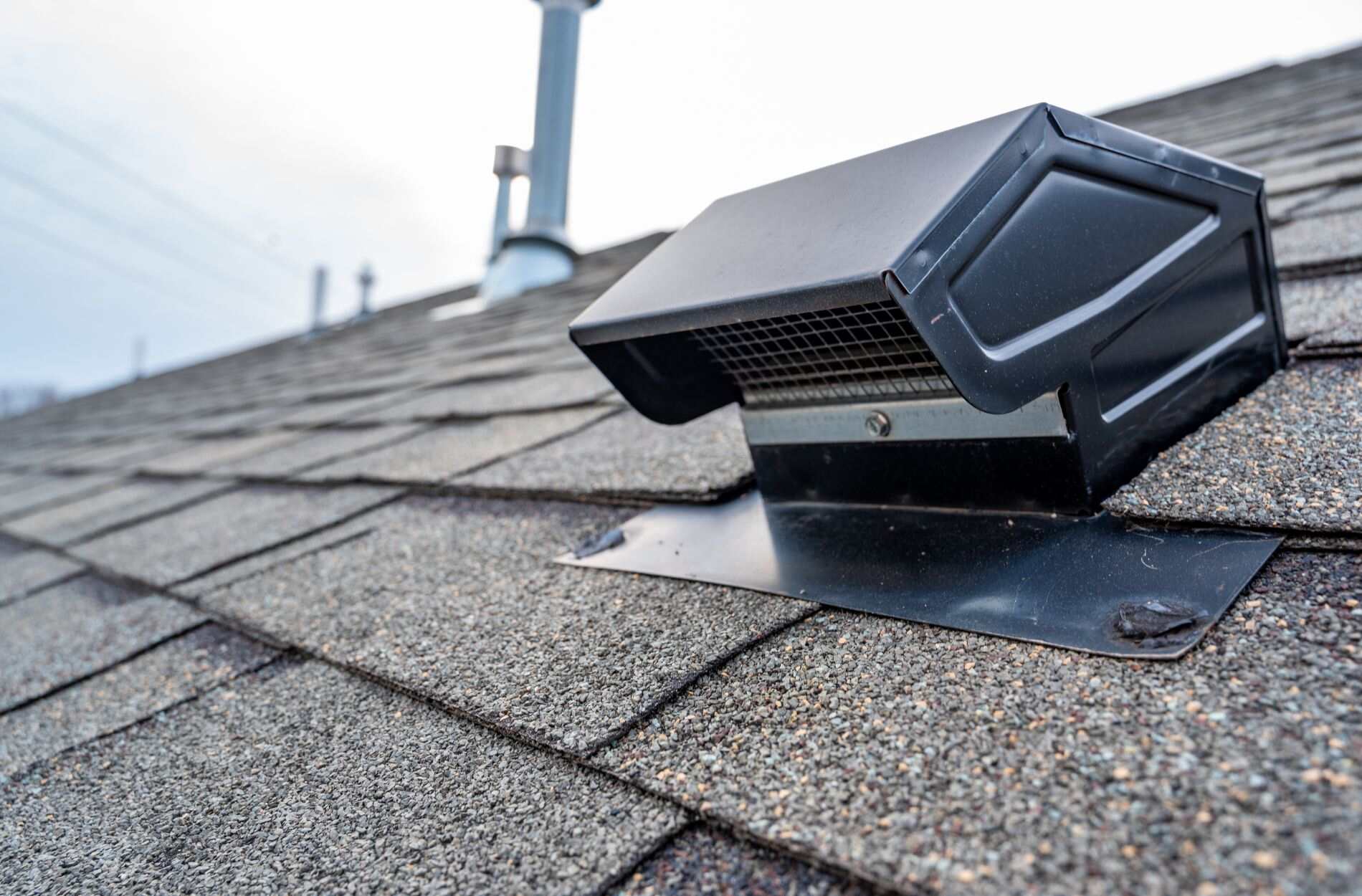Roof ventilation is an important part of maintaining a healthy home. It helps regulate the temperature inside your house and keeps the air fresh. Without proper ventilation, your attic and roof can suffer from moisture and heat buildup. This can lead to serious problems, including damage to your roof and unhealthy living conditions.
When your roof is well-ventilated, it can prevent issues like mold, mildew, and rot. Proper roof ventilation also extends the life of your roof by reducing wear and tear. It helps keep your energy costs down by making your home more energy efficient. Keeping your roof in good shape requires understanding how roof ventilation works and why it matters.
Understanding the basics of roof ventilation can help you make better decisions about your home’s maintenance. It can save you money and trouble in the long run. Let’s take a closer look at what roof ventilation is, why it’s important, and how to ensure your roof is properly ventilated.
What Is Roof Ventilation?
Roof ventilation is a system designed to allow air to flow through the attic space, which helps in regulating the temperature and moisture levels inside your home. Proper ventilation involves installing different types of vents that facilitate this air movement. Common types of roof ventilation systems include ridge vents, soffit vents, and gable vents.
Ridge vents are installed at the peak of the roof, allowing warm air to escape out of the attic. Soffit vents are located under the eaves of the roof and allow fresh air to enter the attic. Gable vents are often found on the exterior walls of the attic, helping to push warm air out and draw cooler air in. Together, these vents create a continuous flow of air that helps keep the attic space balanced.
Why Roof Ventilation Is Important
Roof ventilation plays a crucial role in maintaining indoor air quality. Proper ventilation helps to expel hot, humid air from the attic, which can otherwise seep into the living spaces and compromise air quality. Good ventilation also prevents the buildup of moisture that can lead to mold and mildew, ensuring a healthier living environment for everyone in the home.
Moreover, proper roof ventilation helps prevent roof damage and prolongs the roof’s lifespan. Without sufficient ventilation, heat and moisture can cause the roof’s materials to deteriorate faster. This can lead to issues such as warped wood, weakened shingles, and rusted nails. Ensuring your roof is properly ventilated not only keeps it in good condition but also saves you from expensive repairs down the road.
Common Problems Caused by Poor Roof Ventilation
Poor roof ventilation can lead to a host of issues. One of the most concerning problems is mold growth. When warm, moist air gets trapped in the attic, it creates an ideal environment for mold to thrive. Mold not only damages the structural components of your roof but also poses health risks to the occupants.
Ice dams are another common issue resulting from poor ventilation. In cold climates, warm air trapped in the attic can cause snow on the roof to melt. The water then refreezes at the edges, forming ice dams. These ice dams prevent proper drainage, leading to leaks and potential water damage inside the home. Additionally, poor ventilation can increase energy costs. When the attic is too hot, it forces your air conditioner to work harder, raising your utility bills.
Poor roof ventilation can also lead to serious roof deterioration. The trapped heat can cause roofing materials to break down faster, leading to a weakened roof structure. Missing shingles, warped wood, and rusted nails are common signs of this problem. Other visual signs of poor roof ventilation include sagging rooflines and blistering paint on your home’s exterior.
How to Ensure Proper Roof Ventilation
To ensure proper roof ventilation, start by assessing your current ventilation system. Check if your attic has both intake and exhaust vents. Intake vents, like soffit vents, allow fresh air to enter, while exhaust vents, like ridge or gable vents, let hot air escape. If your roof lacks these vents, it might be time for an upgrade.
Installing or improving ventilation can be straightforward. Begin by cleaning any blocked vents to allow air to flow freely. Installing new vents where needed is another effective step. For example, you can add ridge vents along the roof’s peak and soffit vents under the eaves. This creates a balanced system that promotes continuous airflow.
Maintaining your ventilation system is just as important. Regularly inspect vents for blockages, such as leaves or debris. Ensure that insulation does not obstruct the airflow. Also, clean the vents periodically to keep them functioning optimally. Proper maintenance of your roof ventilation system helps keep your home comfortable and your roof in good condition.
Conclusion
Roof ventilation is vital for the health and longevity of your roof. It helps maintain indoor air quality, prevents structural damage, and keeps your home energy-efficient. Ignoring this crucial aspect can lead to severe issues like mold growth, ice dams, and increased energy costs. By ensuring your roof has proper ventilation, you protect both your home and your wallet.
Don’t wait for these problems to arise. Take action today to secure the health of your roof and home. Contact Mega Pro Roofing for expert advice and professional assistance in installing or upgrading your roof ventilation system. Our team is here to help you every step of the way with our quality roofing services.


